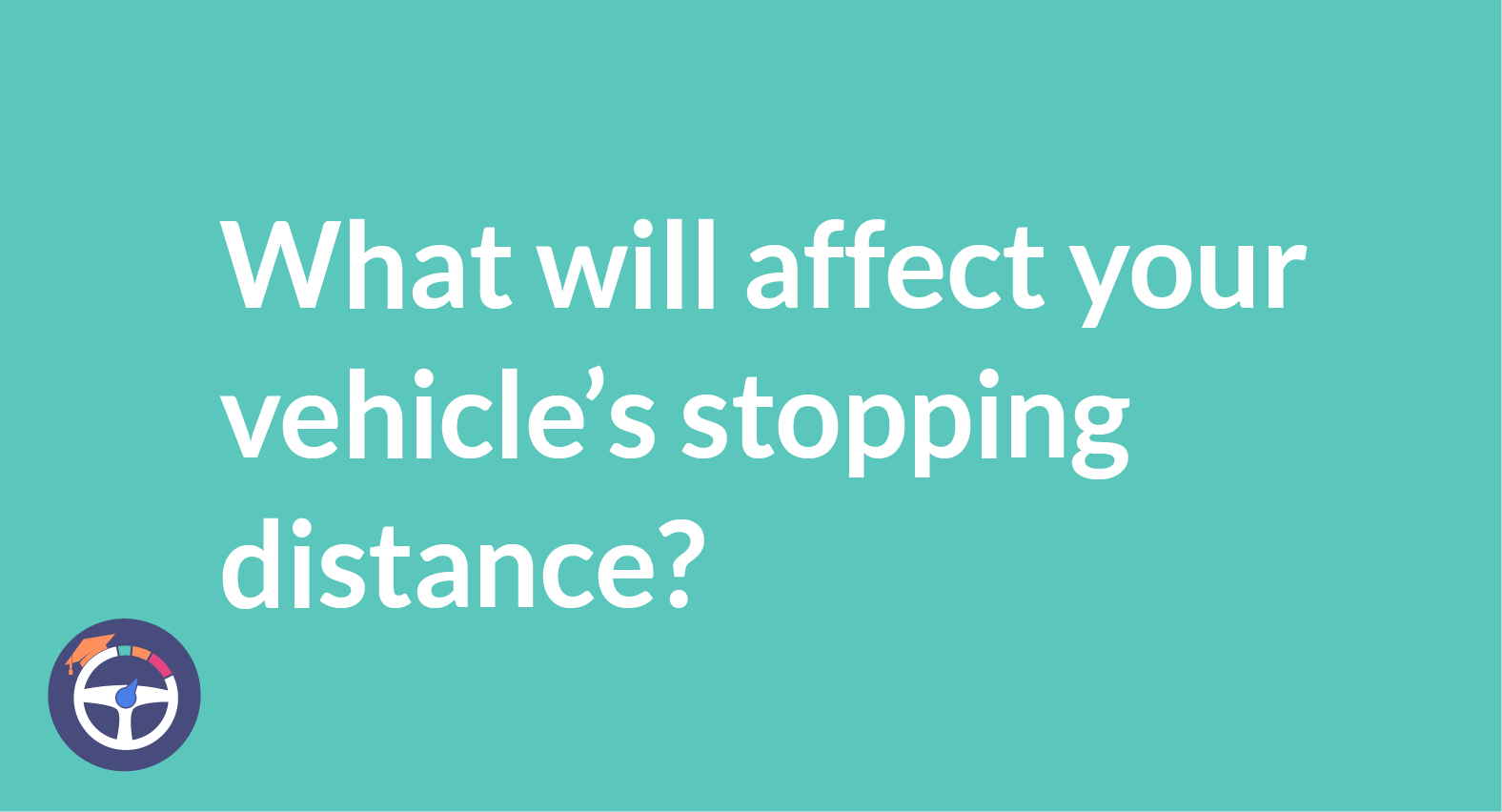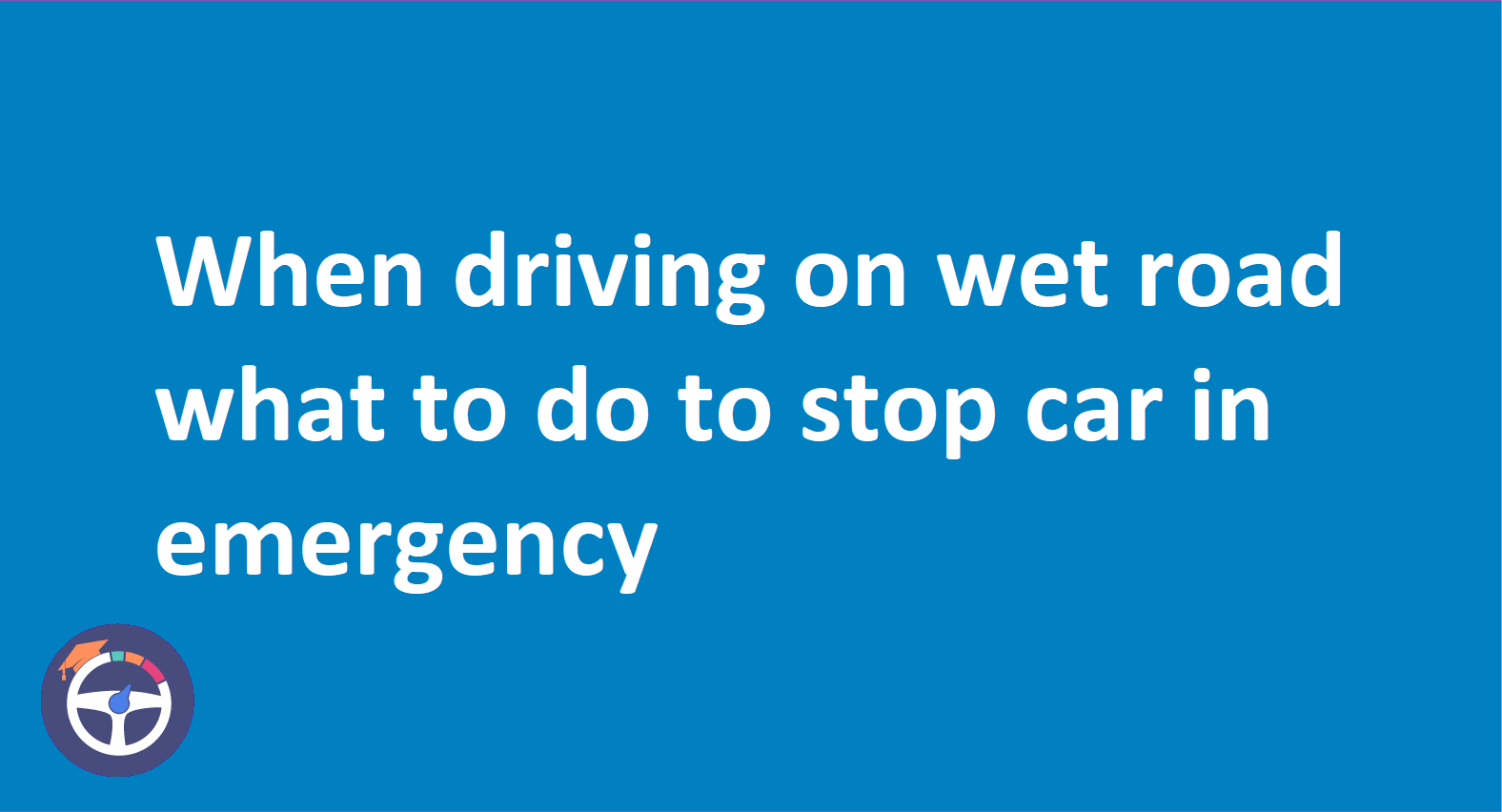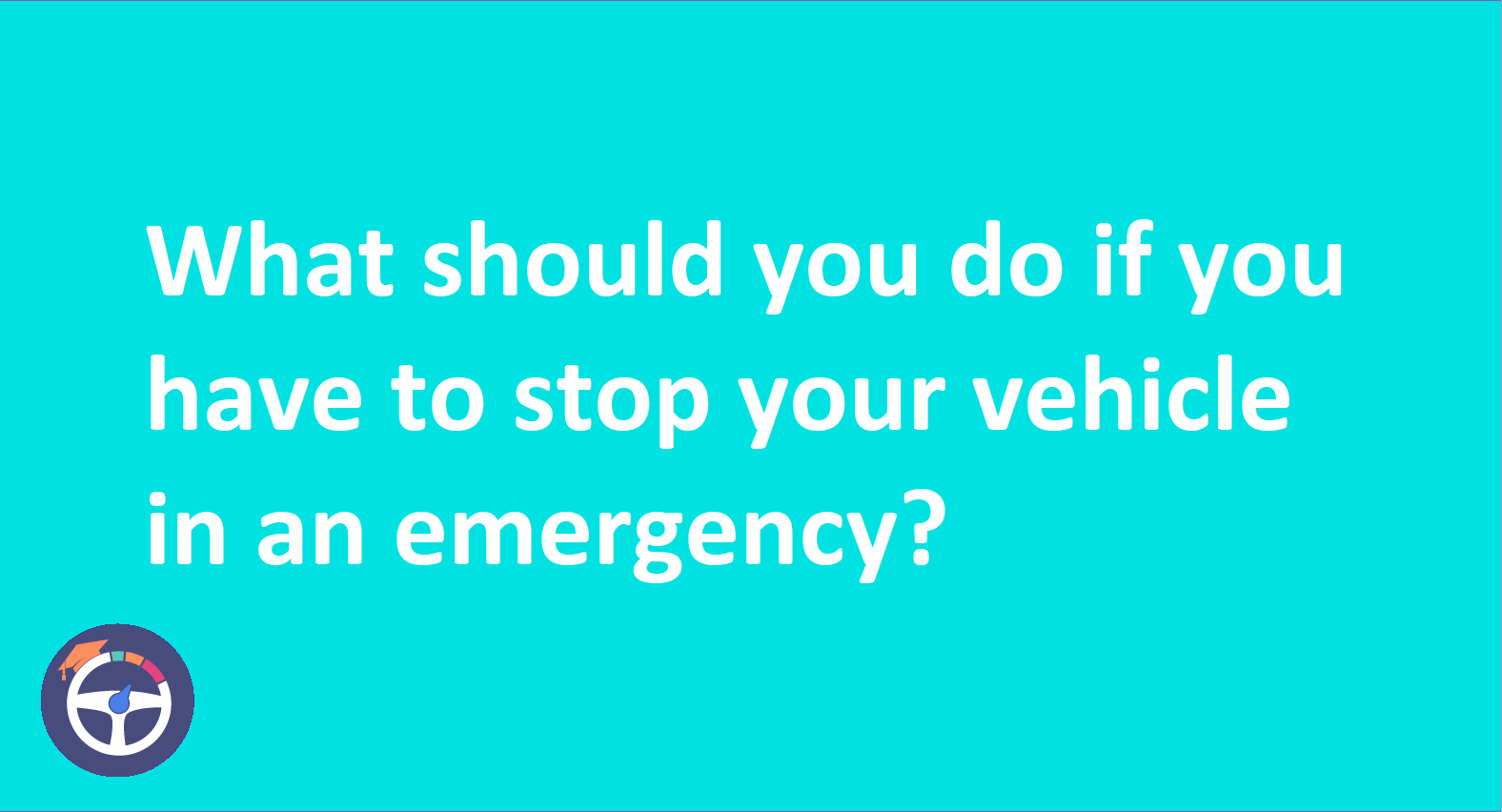What Will Affect Your Vehicle’s Stopping Distance?
Maintaining proper tyre pressure and ensuring they are in good condition maximizes their grip on the road. This grip plays a crucial role in determining your car's stopping distance.

Contents
- What Will Affect Your Vehicle’s Stopping Distance?
- Common Factors Affecting Your Car Stopping Distance:
- That’s A Wrap!
It’s important to know how far you can stop your car when driving safely. The distance your car goes from the time you detect a danger until you fully stop is known as the stopping distance. Your car's stopping distance can be affected by a number of factors the most important being the condition of the tires. The stopping distance of your car is significantly influenced by the state of the tires. Tires that are worn out or underinflated can cause traction loss. This makes it more difficult for your car to stick to the road.
This consequently lengthens the time it takes for your car to stop. Particularly when applying emergency brakes! Your car stopping distance can be affected by a number of other factors in addition to tire condition:
Common Factors Affecting Your Car Stopping Distance:
Road Surface: The stopping distance can be greatly impacted by the state of the road surface. Uneven, icy, or wet surfaces can cause traction to be lost and stopping distances to grow.
Car Speed: It will take longer for your car to stop moving if you’re moving at a faster pace. As a result of increased momentum brought on by faster speeds, slowing down takes longer and requires more distance.
Weight of the Vehicle: Heavier cars have more mass. That’s why they need more force to stop. For instance, compared to smaller passenger cars, trucks and SUVs may require greater stopping distances.
Braking System: The brake system of your car consists of the rotors, brake pads, and brake fluid. These all can have an impact on stopping distance. When brakes are needed they might not have enough power to stop.
Driving Reaction Time: Another factor influencing stopping distance is how quickly you recognize danger and apply the brakes. Reaction times can be affected by fatigue driving while intoxicated and distractions.
Weather: Poor weather such as rain snow or fog can make it harder to see and lose traction. This makes stopping farther between stops necessary.
Road Grade: Depending on how much gravity helps or hinders the braking process, driving uphill or downhill can have an impact on stopping distance. Performing routine maintenance on your car such as routine tire inspections and maintenance checks is crucial. As it ensures maximum safety when driving!
Thats A Wrap!
These factors can also be lessened in their effects on stopping distance by using defensive driving techniques. And keeping a safe following distance from other cars. You may reduce risks and guarantee a safe driving experience for yourself and other drivers on the road by being aware of the numerous elements that can affect your car's stopping distance.


